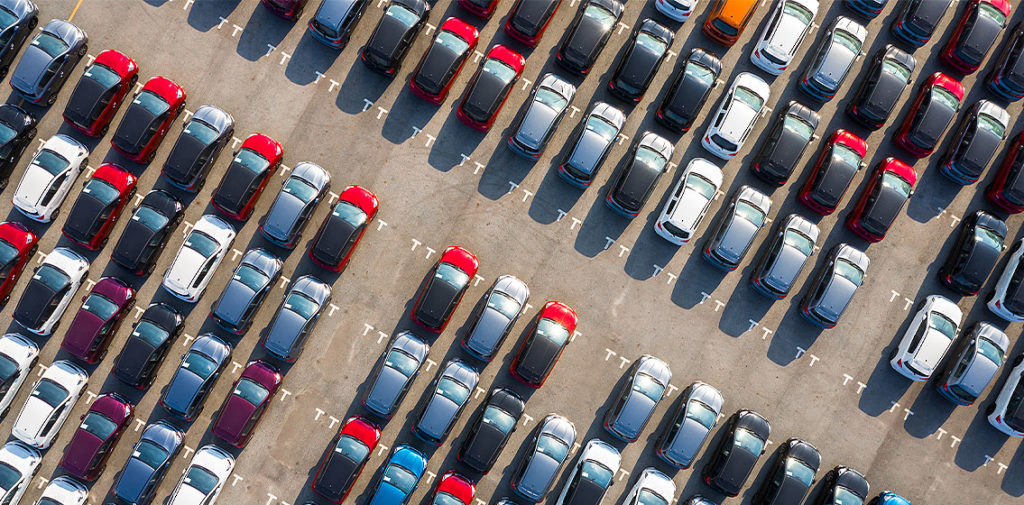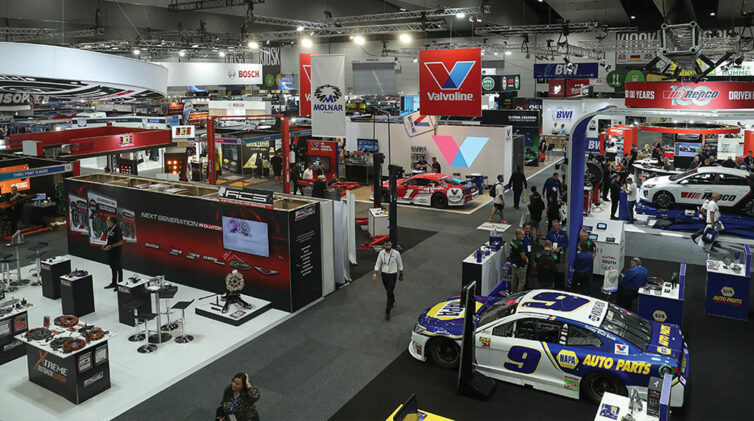Pitcher Partners Motor Industry Lead Steven Bragg said the issue was multi-tiered and driven by simple supply and demand.
He said there were several factors driving the current used car price surge:
- Consumer demand (for used and new cars) is inflated due to increased discretionary income coupled with a shift away from public transport to personal transport.
- Car-makers are struggling to keep up with new-car demand because of shortages of chips and other raw materials.
- Ex-lease and ex-rental car fleet used cars are non-existent or in very short supply in the wholesale market.
- Rental car companies have gone from used vehicle sellers to buyers.
- Many localised factors in each geography.
“These factors aren’t going away anytime soon. The problem is you cannot manufacture late model used cars,” Mr Bragg told GoAutoNews Premium.
“They must be built, they have to be sold, then they need to be used and then re-purchased by the dealers at auctions or trades.
“Once the automakers can start building cars at their normal rate, they will likely focus on resupplying the new retail (private market) demand first, which offers the best return-on-investment.
“Then they will feed the fleet and commercial customers, which is the sweet spot for used car stock for dealers.”
Even when supply comes back to level demand, Mr Bragg predicts it may still take another 18 months to 24 months for those vehicles to be recycled back into the used-car market.
“That means, depending on when the manufacturers can get back up to full production, we have another two years to wait for the used-car supply to return to pre-pandemic levels,” he said.
“That’s 2023 or 2024 before the normal levels of used car stock return.”
So how big is the shortfall in production?
According to US analysts AutoForecast Solutions Inc. of Pennsylvania, it is projected to be 10.15 million vehicles.
The majority of that shortfall will be in North America and Asia Pacific.
Mr Bragg said while the market waits for the slack in production to be taken up, dealers should be prepared to look outside the square.
“New-to-market and parallel imported used vehicles should be supported by dealers as it might be the solution for dealers looking for late model used cars,” he suggested.
Mr Bragg said that the shift in the car market means that the federal government “needs to reconsider the parallel imports prospect”.
“The OEMs have changed the game,” he said in regard to the growing presence of agency models and online sales driven by direct purchasing of EVs.
“Dealers need to see the writing is on the wall when it comes to their new-car business changing once EVs arrive,” he said.
“The other option is for dealers to look outside their current parameters in buying profiles to consider older used cars to fill the void of the late model used car market.”
In a report by Pitcher Partners to the Australian Automotive Dealers Association earlier this month, it said that “EVs will link to direct sales” while “used cars will be the saviour of the dealer that wants to remain a dealer”.
“Dealer groups have lost focus on used cars over the past 30 years with all their focus on new car franchises (and) this has opened the door to ‘disruptors’ to take a foothold,” the report said.
“Reduced key supplier risk, strong margin profiles, control over operations (including inventory, property and technology), scalability (low barriers to expansion) are all factors driving stronger used car revenue multiples.”
Mr Bragg said that this market shift “is here to stay for some time” and the retail motor industry needs to pivot if they haven’t already.
By Neil Dowling















 Read More: Related articles
Read More: Related articles

